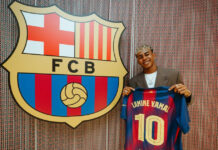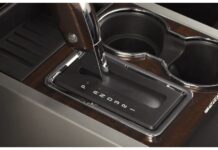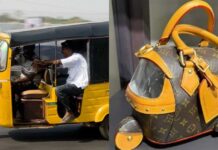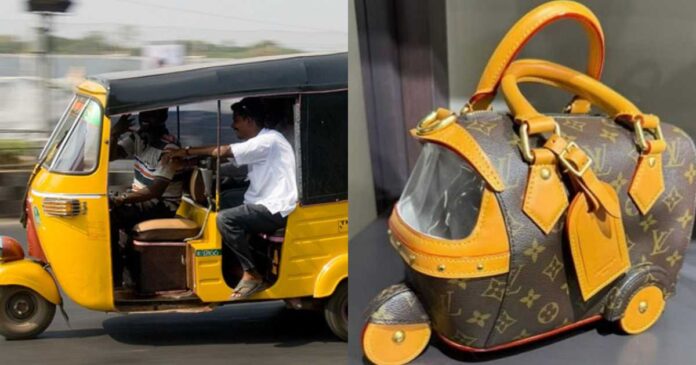Luxury labels perpetually search for daring concepts to drive buzz and establish their next style. Louis Vuitton’s newest innovation fits that bill: an auto-rickshaw–designed handbag available at a staggering PKR 1.19 crore (approximately US $42,000).
This radical release falls where high fashion, cultural intrigue, and meme-driven outrage meet. People are curious to know if this is creativity, boldness, or just plain ridiculous.
Let’s break down why this unprecedented handbag has taken place.
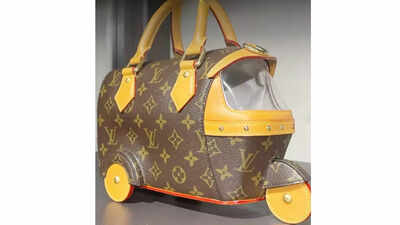
Design that Commands Attention
Louis Vuitton molded the bag in the form of a miniature auto-rickshaw. Its three wheels, handlebar, and signature yellow canopy turn a utilitarian ride into fashion art for wear.
The outside is LV monogram canvas blended with holographic finish. blending street reality with runway glamour. This precise work calls for intense scrutiny by fashion insiders as well as critics. This kind of avant-garde fashion gives LV room to dictate creativity instead of copying trends.
Whopping $42,000?
At $42,000 or PKR 1.19 crore, the bag is worth more than most luxury homes’ entire seasonal collections. Online observers swiftly highlighted that you could purchase dozens of real auto-rickshaws in Pakistan, or support small businesses in several communities, for that kind of money.
This harsh contrast speaks to inequality and perception of value. Nevertheless, for affluent clients, the price makes it rise from accessory to investment. Some view it as exaggerated swagger, while others see it as symbolic exclusivity.
Fashion or Commercialising Working Class?
The auto-rickshaw is an emblem of South Asian mobility, resilience, and daily life. Converting it into a luxury product sparks controversy. Some commend Louis Vuitton for honouring cultural symbols, while others view it as commercialising working-class culture.
This conflict drives much of the discourse on social media. The public’s ambivalent responses, ranging from playful memes to caustic critiques, demonstrate how culture and commerce intersect at the global luxury periphery.
Marketing Brilliance in the Meme Era
Even when individual units move gradually, the mania surrounding the rickshaw bag generates huge PR value. Rumours and memes break on Instagram, TikTok, and Twitter, providing gratis publicity on a scale that no conventional campaign could hope to achieve.
Fashion brands look to gauge success in terms of effect rather than quantity, and this fearless gambit satisfies. Louis Vuitton leverages the web’s cultural conduits to present itself as experimental and conversation-starting.
What this Reveals About the Future of Luxury
This rickshaw bag illustrates a number of the new directions for luxury.
For one, exclusivity now means cultural references; brands are playing with identity and heritage. For example the recent Kolhapuri slipper scandal.
Two, shock value and controversy drive desirability.
Three, luxury is becoming conceptual art, rather than craftsmanship.
LV is sending a message that high fashion in the future will not only provide quality, but it will provide statements and cultural discussions.
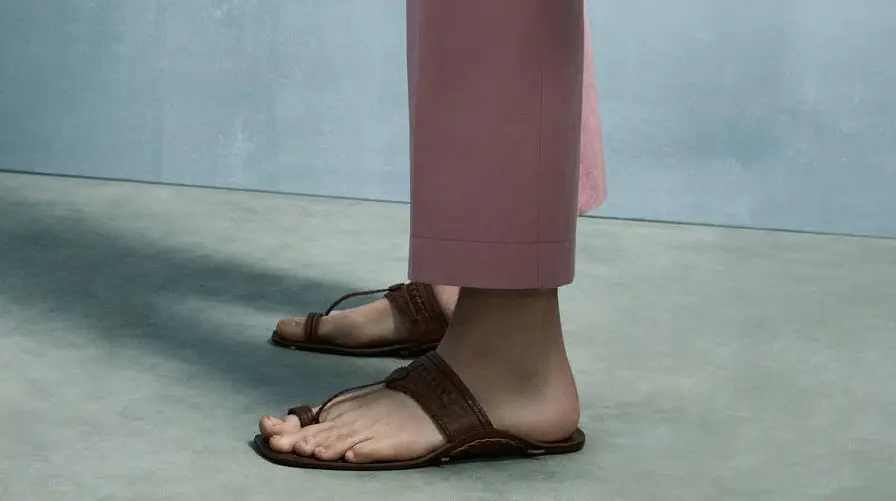
Would you spend PKR 1.19 crore on a rickshaw-shaped bag? Louis Vuitton obviously thinks some will, and it’s not merely about fashion. It’s an illustration of marketing success layered with cultural irritation.
The design breaks rules, invites laughter and disdain, and secures LV on the creative frontier of fashion. As icon of style or satire, it brings to mind: in this era of luxury, how far will you go to own a narrative?
Stay tuned to Brandsynario for latest news and updates












